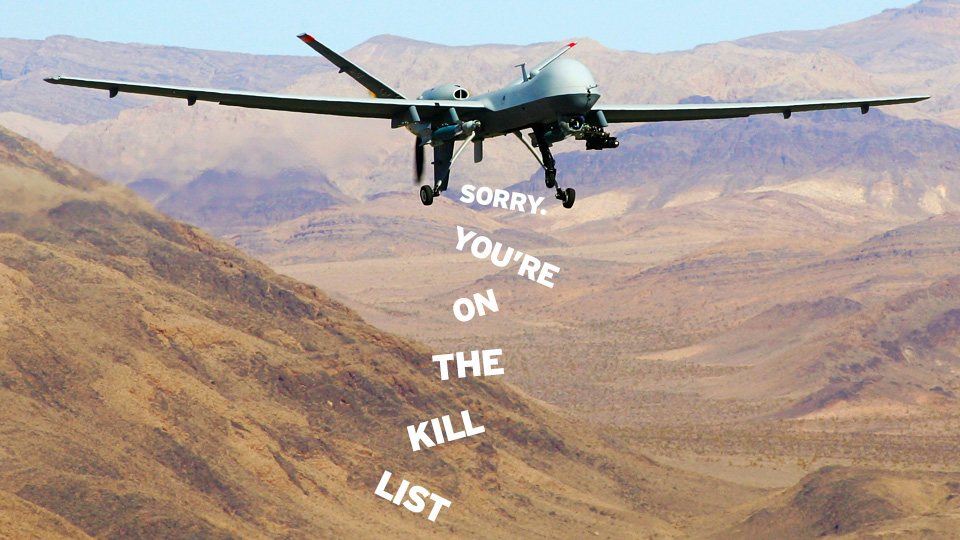
Introduction and Background
On January 3, 2020 at 12:32 a.m. the United States of America initiated a targeted assassination of the Islamic Revolutionary Guard Corps Quds Force (hereafter referred to as IRGC-QF) Chief General Qassem Soleimani at the Baghdad International Airport in Iraq. In this targeted assassination, Iraqi Shi`a militia commander Abu Mahdi al-Muhandis was killed as well. The targeted assassination was a unilateral decision made by the United States, approved by President Trump, and without the prior consent of the Iraqi government. The ten casualties in total included Soleimani, Muhandis, and Iraqi Popular Mobilization Forces (PMF) not aligned with the US or Iraqi government. Before arriving in Baghdad, Soleimani traveled to Syria and a few other regional states for diplomatic purposes. The United States’ points to these movements as evidence he was planning an attack.
For decades Soleimani has built a network of proxy militias in the Middle East that help bolster Iranian interests in the region. Soleimani was very successful in garnering support in the region and built a network of militias that worked at Iran’s behest in Iraq, Yemen, Syria, Lebanon, Afghanistan, and Pakistan. These militias have been responsible for thwarting American efforts in the region for years and, as a result, made Soleimani a top target for the U.S. Al-Muhandis was another influential figure in Iraq and considered to be a terrorist by the U.S. In the months leading up to the targeted assassination militias under the control of al-Muhandis began ramping up attacks on US bases within the region. In November 2019, these militias attacked coalition forces at Qayyarah West airbase and then in December launched two more attacks in Baghdad using large 240mm rockets. On December 27, 2019, a U.S. contractor was killed in a militia attack on the K-1 base in Kirkuk.
Prior to this escalation, Iran-backed militias did carry out attacks; however, there was an apparent escalation. “In the first 10 months of 2019 32 attacks were undertaken,” resulting in zero casualties because of the size of the rockets fired, and they were apparently “aimed-to-miss.” On December 28, 2020, President Trump was presented with options for retaliation, killing Qassem Soleimani being the most extreme option, and originally rejected this option and instead elected to authorize airstrikes on an Iranian-backed militia group. According to the New York Times, President Trump decided to take the Soleimani option a few days later when the U.S. Embassy in Baghdad fell under attack.
President Trump’s decision to take out one of Iran’s top leaders in another sovereign state has led to many questioning the legality of the targeted assassination and using drones for targeted assassinations in general. The administration claims that the targeted assassination was carried in out in self-defense, upon receiving intelligence that Iranian-backed militias were targeting American assets in the region in the coming “days or weeks.” However, there have been conflicting statements coming from the president, and members of his administration pertaining to how imminent these attacks were and whether the targeted assassination was in self-defense or for deterrence.
Legally Speaking
Customary International Law
Article 2(4) of the UN Charter states, “ All Members shall refrain in their international relations from the threat or use of force against the territorial integrity or political independence of any state, or in any manner inconsistent with the Purposes of the United Nations.” (INTERNATIONAL LAW CASES AND COMMENTARY 742 (5th ed. 2014)) Article 51 of the United Nations Charter allows states to use armed force in self-defense. Under international law for a state to carry out a preemptive self-defense strike the threat must be imminent. The use of force as a means of self-defense is discussed in the Caroline Case and then reaffirmed in an International Court of Justice case Nicaragua v. United States of America in 1986 stating that “self-defense would warrant only measures which are proportional to the armed attack and necessary to respond to it.”
The question which befalls upon us is, whether the United States’ targeted assassination was proportionate and necessary to preemptively stop an imminent attack by Iranian-backed militia forces on Americans? Critical information necessary to answer this question unfortunately is hid behind a shroud of secrecy and classification. As previously mentioned, there have been conflicting statements as to when, where, and how these threats would be carried out. However, according to customary international law the burden of proof falls on the United States to justify its preemptive strike, one that took out a top state official who was on a diplomatic trip to another sovereign state. A preemptive strike of this nature would have a high burden of proof, which the US has yet to offer any concrete justification for.
International Humanitarian Law
Additionally, all States are signatories to the 1949 Geneva Conventions as well as the 1977 Geneva Convention Additional Protocols. These are examples of International Humanitarian Law which serves to protect those who are no longer fighting and place restrictions on the methods used in warfare. “International Humanitarian Law prohibits all means and methods of warfare which: fail to discriminate between those taking part in the fighting and those, such as civilians, who are not, the purpose being to protect the civilian population, individual civilians and individual civilian property[.]”
However, drones used for targeted assassinations are not mentioned, and there is growing concern in the region and international community that these strikes may violate International Humanitarian Law. The targeted assassination on Soleimani killed al-Muhandis, who is now viewed by many in Iraq to be a martyr, as well as drivers and security personnel associated with Iraqi militias. Those killed alongside Soleimani are considered to be collateral damage, the Geneva Conventions seek to restrict collateral damage, especially when the states involved are not even at war. It could be argued that Soleimani was acting as a non-state actor when looking at his connections to organizations considered to be terrorist organizations and those whom he met, who were also labeled as terrorists; thus, justifying the US’s actions. However, Soleimani is a top Iranian official, second to the Supreme Leader of Iran and any diplomatic trips or dealings Soleimani had with paramilitary groups in other states would fall under his role within the Iranian Government.
Outside of this attack, there have been too many instances where the United States has unintentionally or accidentally killed civilians in drone strikes. In September 2019 a US drone strike killed 30 pine nut farm workers in Afghanistan; the strike was intended to hit an Islamic State hideout but instead hit farm workers after a day’s work while they were sitting around a bonfire. On January 8, 2020 a drone strike killed sixty civilians including women and children in the Herat province in Afghanistan and some thirty to thirty-five Taliban fighters in an attempt to kill Mullah Mohammed Nangyalai, “the regional leader of an insurgent faction of the Taliban.” After a three year legal battle the Washington Post won a Freedom of Information judgment which gave them access to papers and interviews that led to the finding that the US government was underreporting the amount of civilian casualties in Afghanistan. Since 2001 it is estimated that 157,000 people have been killed in the war in Afghanistan, 43,074 of which are civilian casualties. If the US continues its lackadaisical and nonchalant approach to drone strikes the international community will likely consider these strikes to violate International Humanitarian Law. However, if Iraq consented to the strikes or similar military action in the past, or approved this strike, within its territory through bilateral agreements or treaties the U.S.’ actions could be held not to be in violation of international law.
Treaties
In 2008 the U.S. and Iraq signed the U.S.- Iraq Status of Forces Agreement. This agreement allowed U.S. troops to temporarily occupy Iraq if US troops completely withdraw in 2011. Circumstances arose, specifically the expansion of ISIS, that led to U.S. and coalition troops coming back to Iraq and since then there has not been a treaty between the two states. The U.S. has continued to operate bases located in Iraq and after the targeted assassination of Soleimani Iraqi Prime Minister Adel Abdul Mahdi condemned the U.S.’s actions and claimed that they violated 2008 agreement and called for legislative safeguards for Iraq’s security and sovereignty. Usage of drones within Iraq is common and many states are or have operated drones within Iraq’s territory. However, the US’s actions go beyond reconnaissance missions or anti-terror operations and jump to actions against another state, which has previously not been done. The Iraqi Parliament issued a non-binding vote to request the withdrawal of US forces from Iraq after the targeted strike on Soleimani was carried out. Whether or not this act will prove fruitful has yet to be seen.
Conclusion
In conclusion, with all of the above facts considered, the unilateral decision to carry out a targeted assassination via drone strike by the US in Iraqi territory on an Iranian Government Official would most likely be held by the ICJ or ICC to be in violation of international law. It may as well be a violation of domestic law as well as an unnecessary escalation to an already fragile situation with Iran.


